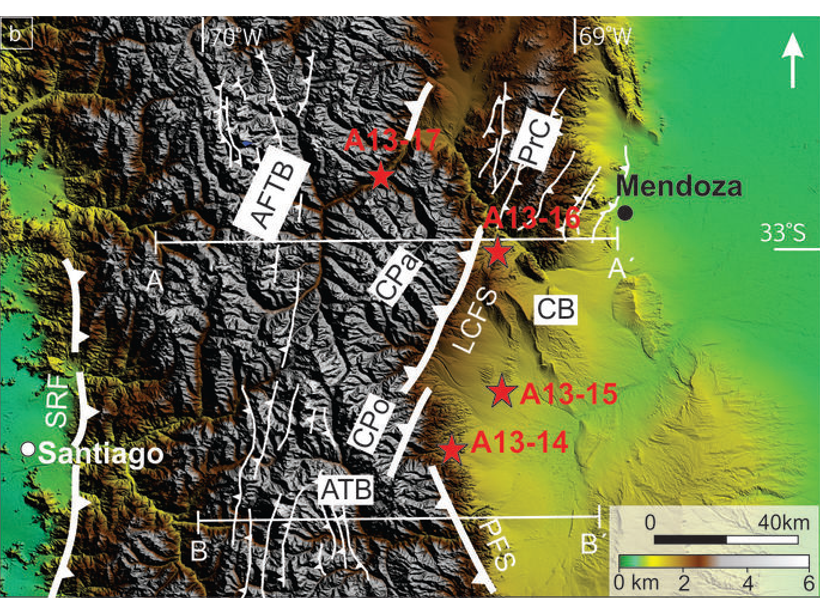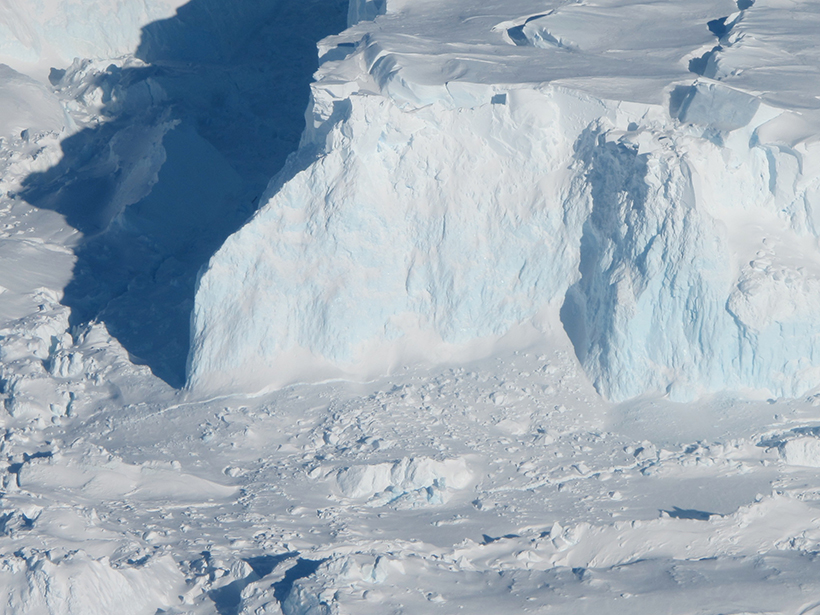The history of river system in southeast Tibet and Indochina reconstructed using the ages of thousands of zircon sand grains in modern and ancient river sediments.
Miocene
What Controlled the Growth of the Southern Central Andes?
Flat-slab subduction appears to have played a minor role in the growth of the Southern Central Andes, with evidence for eastward migrating deformation.
Evolution of the Asian Monsoon
Climate and topography change the characteristics of the Asian monsoon over millions of years. These changes affect the region’s climate and topography, and the cycle continues.
Why Did Great Apes Disappear from Southwestern China?
Periodic pulses of cooler temperatures may have disrupted the warm, humid, late Miocene climate that sustained the region’s great apes long after most species disappeared elsewhere.
What Lies Beneath Is Important for Ice Sheets
New research reconstructing the topography of Antarctica shows that the continent has 25% less land above sea level than when ice first started to accumulate 34 million years ago.
Reconstructing 150 Million Years of Arctic Ocean Climate
A new summary of past Arctic climate conditions gives insight into anthropogenic influences on today’s climate and on the need for future drilling studies to further improve our understanding of the past.
Dusting Off the Arid Antiquity of the Sahara
New research on the geochemistry of Canary Islands paleosols shows that the Sahara has been an arid dust producer for at least 4.8 million years.
Ancient River Discovery Confirms Mediterranean Nearly Dried Up in the Miocene
Sedimentary deposits reveal a Nile-sized river system flowing from what are today Turkey and Syria.
Extinct Megatoothed Shark May Have Been Warm-Blooded
Preliminary results from a recent study may begin to shed light on why megalodons died out before the most recent ice age.
How Old Is the Mekong River Valley?
Granite samples collected from the Mekong River Valley reveal that the river’s path was incised roughly 17 million years ago, most likely by increased erosion from monsoon precipitation.










